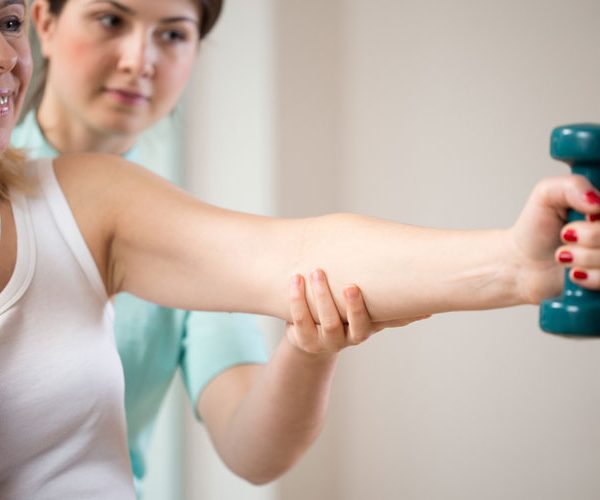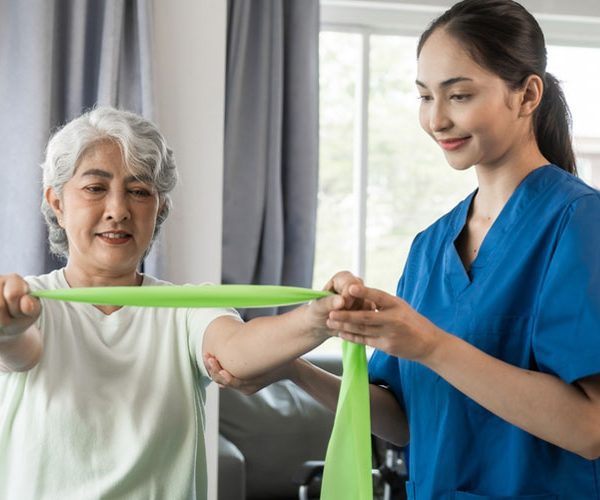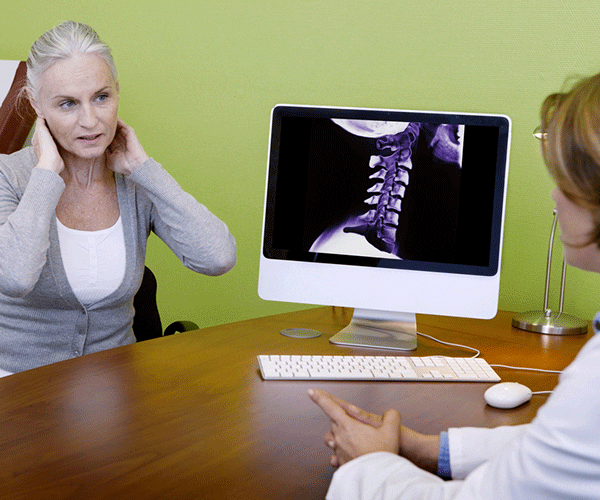Bone health is a crucial aspect of overall well-being, and maintaining strong bones is essential to living a healthy and active life. However, despite the readily available recommendations for bone health, women often struggle with compliance, whether it’s related to screening, exercise, diet, or medication adherence. What are the reasons behind women’s non-compliance with bone health recommendations and what strategies might healthcare practitioners and health plans implement to improve patient adherence?
Understanding the Challenges
Lack of Awareness: One of the primary reasons for non-compliance among women is a lack of awareness regarding the importance of bone health. Many women are unaware of the risks associated with bone-related conditions such as osteoporosis until they experience a fracture or receive a diagnosis. Misconceptions about bone health and its recommendations are prevalent. Some women may believe that bone problems only affect the very old, leading them to ignore preventive measures. It’s crucial to dispel these misconceptions and emphasize that bone health is a lifelong concern that requires attention from a young age. Healthcare providers should prioritize patient education to raise awareness about the significance of bone health and the available preventive measures. The Bone Health & Osteoporosis Foundation has a variety of educational resources, including a tool to help providers start conversations with their patients about osteoporosis and fracture risk. The resources can be found at www.bonesource.org.
Fear of Medication Side Effects: Medications like bisphosphonates are commonly prescribed to manage bone health issues. However, some women may be reluctant to take these medications due to concerns about potential side effects. Effectively conveying risk can be challenging, especially in the context of osteoporosis. Patients often fail to grasp the elevated risk of fractures or connect it to the health of their bones. Conversely, patients frequently overstate the rare likelihood of experiencing severe side effects from these medications. Healthcare practitioners should engage in open discussions with patients, addressing their concerns and providing information about the benefits and risks of medications.
Complex Dietary Recommendations: Following a bone-healthy diet can be challenging due to the complex nature of dietary recommendations. Women may find it difficult to incorporate calcium-rich foods, vitamin D, and other essential nutrients into their diets. Practitioners can simplify dietary advice, offer practical tips, and provide resources like meal plans to make it easier for patients to follow a bone-healthy diet. One way to do this is to point patients to a resource of the U.S. Department of Agriculture, MyPlate Kitchen, which is an online recipe platform designed to facilitate healthy meal planning, cooking, and grocery shopping. Maintaining a calcium-rich diet is essential for optimal bone health, and this website offers valuable resources to support patients in their journey. The site includes an extensive and easily searchable recipe database, featuring a wide range of healthy and budget-friendly meal ideas. Patients can also download cookbooks or customize their own recipe collection. Additionally, they can take advantage of options to save, print, and share their favorite recipes on social media. The “Get More Calcium” category has many recipe suggestions to boost calcium intake. MyPlate Kitchen can be found at www.myplate.gov/myplate-kitchen.
Exercise Barriers: Lack of time, motivation, or access to suitable exercise facilities can hinder women’s commitment to regular physical activity. Healthcare providers should work with patients to develop customized exercise plans that align with their lifestyles and preferences. Encouraging activities like walking, yoga, or home-based workouts can be more achievable for some.
Improving Patient Compliance
Clear Communication and Personalized Care Plans: Effective communication between healthcare providers and patients is crucial. Practitioners should create a safe and open space for patients to express their concerns and ask questions. Addressing fears and doubts about medications, treatments, or dietary changes can improve patient trust and compliance. Because there are health disparities related to bone health, practicing cultural competency is key to understanding, communicating with, and effectively interacting with people across cultures. Recognizing that each patient’s needs and circumstances are unique, practitioners should develop personalized care plans that take into account factors like age, risk factors, and lifestyle. By tailoring recommendations to the individual, patients are more likely to engage and comply. The U.S. Department of Health and Human Services Office of Minority Health offers a blueprint and resources for health care organizations to provide culturally and linguistically appropriate services (CLAS). It can be accessed at www.thinkculturalhealth.hhs.gov/resources
Regular Follow-Ups and Leveraging Improved Technology for Screenings: Establishing a schedule for follow-up appointments allows healthcare providers to track patient progress and address any challenges or setbacks promptly. Technology has paved the way for innovative solutions that make adhering to screening recommendations more accessible and convenient. Portable bone density scanners, for instance, offer a promising avenue for enhancing compliance with bone health screenings.
Unlike traditional bone density scans that might require specialized equipment and dedicated appointments at larger medical facilities, portable scanners can be readily deployed in various locations, reducing the logistical challenges patients often face. This accessibility can encourage more individuals, particularly those in underserved or remote areas, to undergo bone density screening, ultimately improving early detection and intervention for bone-related conditions. Portable bone density screenings not only offer accessibility but also empower patients with tangible bone health information. By sharing instant results with patients during their appointments, clinicians can engage in more meaningful discussions about their bone health status. Seeing actual measurements can motivate patients to make positive changes in their lifestyle, adhere to treatment plans, and take preventive actions.
Enhancing Health Plan Involvement
Rewards and Incentives: Health plans can motivate women to comply with bone health recommendations by offering rewards and incentives. This could include rewarding individuals who meet specific compliance criteria, such as attending recommended screenings or participating in wellness or care management programs that promote exercise and dietary plans.
Telehealth Services and Exercise Benefits: Health plans can support patient compliance by offering telehealth services for bone health consultations. This can eliminate barriers like travel time and make it more convenient for women to connect with healthcare providers for guidance and follow-ups. Exercise programs or memberships can be included as part of plan benefit design. Such benefits can help members participate in in-person training or live online fitness classes, explore on-demand video libraries with prerecorded workouts, or connect with a supportive community, both in person and online, to share their fitness journey. For those managing chronic conditions like osteoporosis or those trying to improve or maintain bone health, engaging in safe and tailored exercise routines can significantly improve overall well-being. Plus, staying socially connected is a fundamental component of maintaining good health.
Health Education Programs: Health plans can develop and promote educational programs that focus on bone health. These programs could include webinars, workshops, or online resources, providing valuable information and practical tips for members.
Coverage and Accessibility: Ensuring that bone health screenings, medications, and dietary supplements are covered by insurance plans can remove financial barriers for women. Health plans should strive to make these essential services and treatments accessible and affordable.
Providers and Health Plans Should Work Together to Improve Bone Health
Women’s compliance with bone health recommendations is a complex issue influenced by various factors, including awareness, misconceptions, and barriers related to diet, exercise, and medication. Healthcare practitioners and health plans can play a pivotal role in improving patient compliance by prioritizing education, personalization, clear communication, access and support. By working together to address these challenges, we can empower women to take charge of their bone health and reduce the risk of debilitating conditions like osteoporosis and detrimental outcomes such as fractures and disability. Contact Beammed at 800-769-6808 or fill out a quick form.











